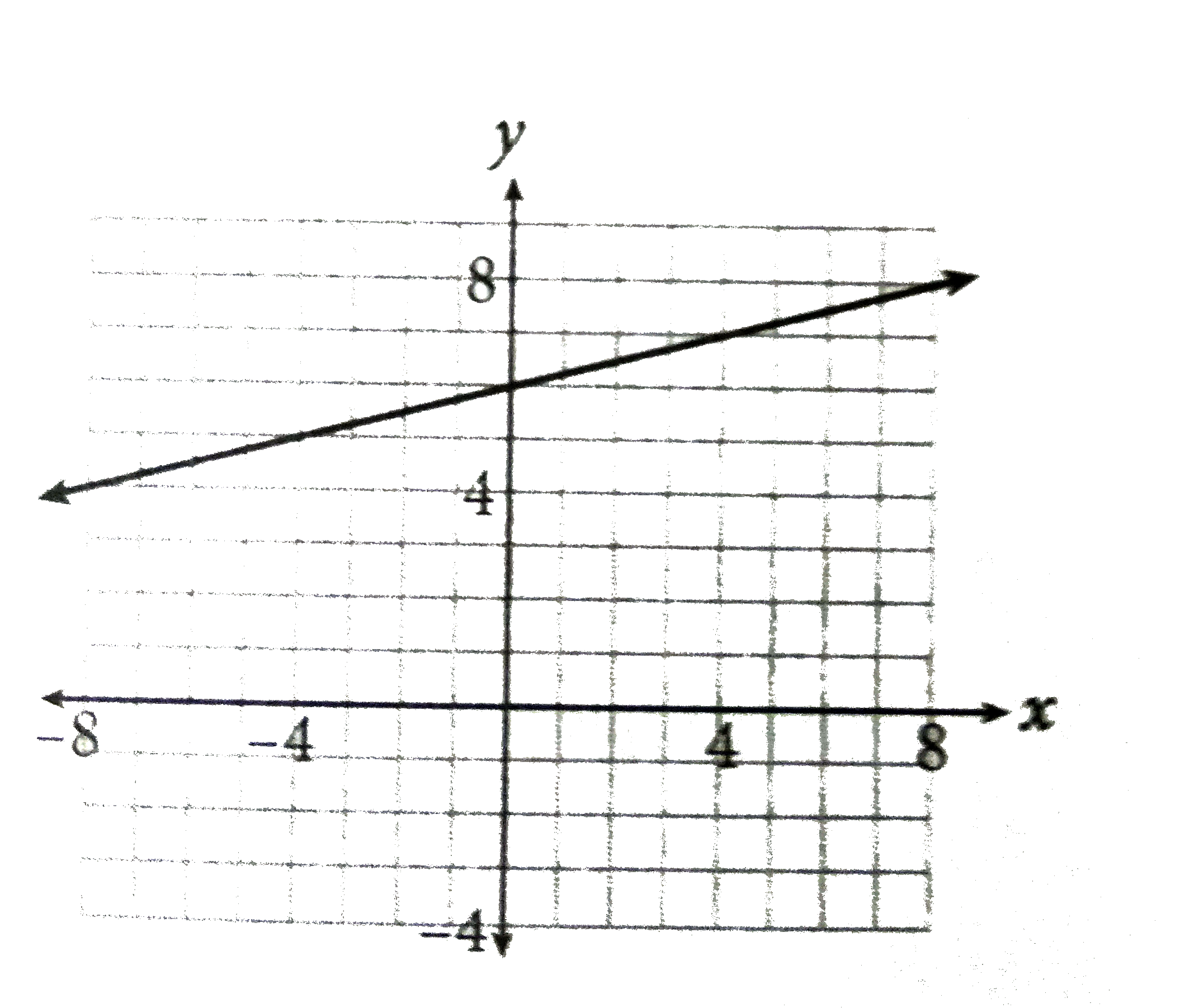The earth is made up of four primary layers: the inner core, outer core, mantle, and crust.The outer core is more than 800 miles and less than 2,200 miles from the Earth's center. Which of the following inequalities represents all possible distances, d, in miles, from the Earth's center that are in the outer core?
The correct Answer is:D
To solve the problem, we need to represent the distance d from the Earth's center that corresponds to the outer core, which is between 800 miles and 2200 miles.
1. Identify the Range:
The outer core is defined as being more than 800 miles and less than 2200 miles from the Earth's center. This can be expressed as:
800<d<2200
2. Rearranging the Inequalities:
We can rewrite this compound inequality into a single inequality format. It can be expressed as:
d>800andd<2200
3. Finding the Midpoint:
To express this in terms of a central point, we can find the midpoint of the range:
Midpoint=800+22002=1500
4. Determining the Distance from the Midpoint:
The distance from the midpoint (1500) to the boundaries (800 and 2200) is:
- From 1500 to 800: 1500−800=700
- From 1500 to 2200: 2200−1500=700
5. Expressing the Range with Absolute Value:
We can express the distance d in terms of its deviation from the midpoint:
|d−1500|<700
6. Final Inequality:
Thus, the inequality that represents all possible distances d in miles from the Earth's center that are in the outer core is:
|d−1500|<700
Conclusion:
The correct inequality that represents the distances from the Earth's center that fall within the outer core is:
|d−1500|<700
The outer core is defined as being more than 800 miles and less than 2200 miles from the Earth's center. This can be expressed as:
800<d<2200
We can rewrite this compound inequality into a single inequality format. It can be expressed as:
d>800andd<2200
To express this in terms of a central point, we can find the midpoint of the range:
Midpoint=800+22002=1500
The distance from the midpoint (1500) to the boundaries (800 and 2200) is:
- From 1500 to 800: 1500−800=700
- From 1500 to 2200: 2200−1500=700
We can express the distance d in terms of its deviation from the midpoint:
|d−1500|<700
Thus, the inequality that represents all possible distances d in miles from the Earth's center that are in the outer core is:
|d−1500|<700
The correct inequality that represents the distances from the Earth's center that fall within the outer core is:
|d−1500|<700
Topper's Solved these Questions
Similar Questions
If f(x)=x2+6, what is the value of f(3)?
View Solution
Which of the following equations represents the line shown in the graph?
View SolutionThe diameter of the outer conductor of a cylindrical capacitor is D2 • What should the diameter of the core, D1 , of this capacitor be so that for a given potential difference between the outer conductor and the core the electric field strength at the core is minimal ?
View SolutionThe charged currents in the outer conducting regions of the earth's core are thought to be responsible for earth's magnetism. What might be the 'battery' (i.e., the source of energy) to sustain these currents ?
View Solutionएक सड़क 10 मी चौड़ी है, इसकी वक्रीय त्रिज्या 50 मी है। इसको बाहर कोर, अन्तः कोर से 1.5 मी अधिक है। यह सड़क अधिकतम निम्न वेग के लिए
View SolutionThe charged currents in the outer conducting regions of the earth's core are thought to be responsible for earth's magnetism. What might be the battery' (i.e., the source of energy) to sustain these currents?
View SolutionThe charged currents in the outer conducting regions of the earth's core are thought to be responsible for earth's magnetism. What might be the battery' (i.e., the source of energy) to sustain these currents?
View SolutionThe charged currents in the outer conducting regions of the earth's core are thought to be responsible for earth's magnetism. What might be the 'battery' (i.e., the source of energy) to sustain these currents ?
View Solution2.THE INNER MOST LAYER IS THE CORE IS MADE UP OF________
View Solutionनिम्न में से किन तत्वों के युग्म में उनके बाहरी कोरा में उपस्थित इलेक्ट्रॉनों की संख्या बराबर होती है
View SolutionInterior Of The Earth (MANTLE & CORE)
View Solution2.THE INNER MOST LAYER IS THE CORE IS MADE UP OF________
View Solution2.THE INNER MOST LAYER IS THE CORE IS MADE UP OF________
View Solution2.THE INNER MOST LAYER IS THE CORE IS MADE UP OF________
View Solution2.THE INNER MOST LAYER IS THE CORE IS MADE UP OF________
View Solution

